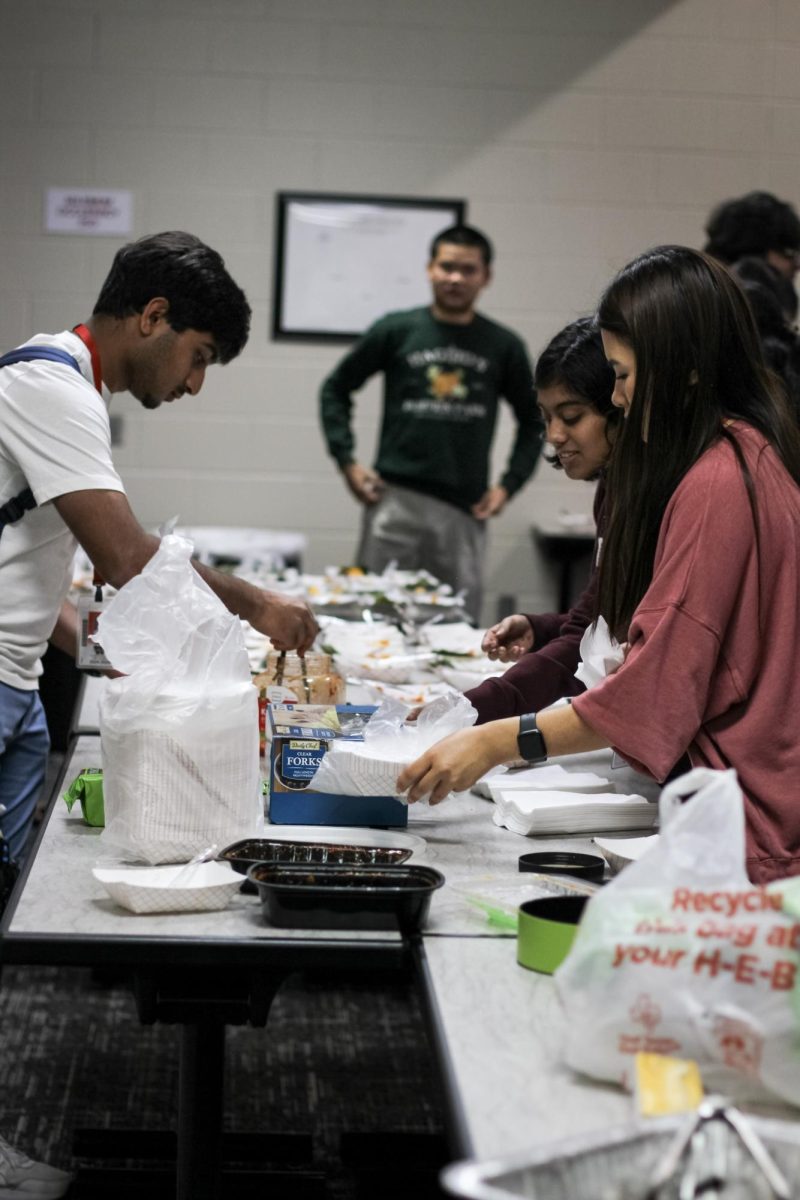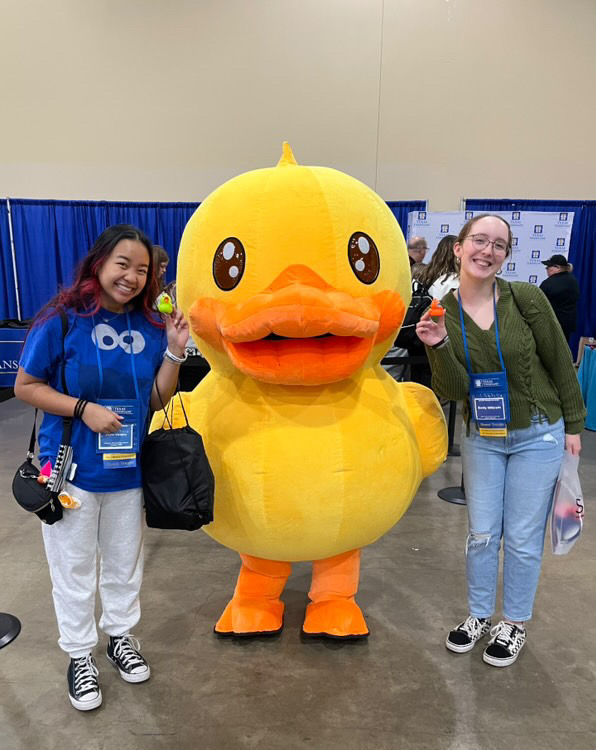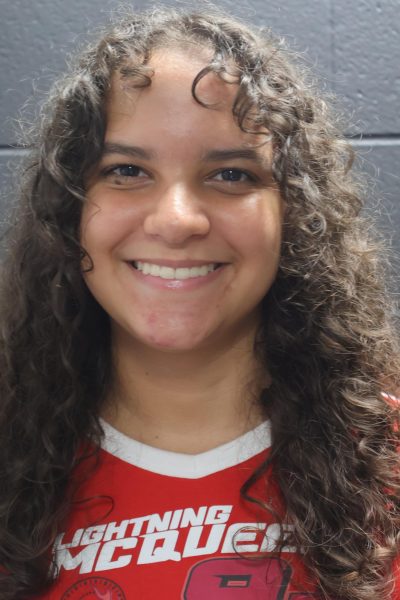Brandon Bartos, a sophomore, was forced to walk outside in the pouring rain as he had no other way of getting home. Soaked and irritated, he didn’t notice as he tripped—and his Chromebook went with him.
Having a shattered spirit and Chromebook, the sophomore had no choice but to accept the fact that his bus wasn’t coming back to drop him off at home.
Because of the recent district-issued budget cuts for the 2024-2025 school year, any bus route within 2 miles of walking distance from a student’s house has officially been removed. This means that the student must now drive themselves, find a ride, or walk the length it takes to get to school.
“I think it’s unfair,” Bartos said. “And I feel like those budget cuts took something away that was necessary.”
However, Principal Lloyd Turner has been trying his best to adjust and adapt to the new budget cuts by staying focused on student success with an optimistic demeanor. He believes that although change is warranted, the initial difficulty and frustration can be overcome with a flexible mindset. Turner understands that the district had to make hard decisions regarding the budget, and the bus cuts happened to have been the one to recently gain the most attention.
“As a district, we’re in a huge deficit, and so they have a huge task with finding ways to bring that deficit down,” Turner said. “There’s going to be changes, but no matter what comes our way, we have to be resilient and overcome those with a positive attitude.”
When concerning the safety of students walking to school, new CFISD superintendent Dr. Douglas Killian has been discussing with the district building sidewalks and re-looking at several bus routes that were eliminated to see if they can be added back in. Additionally, he mentioned that the district has trained over 300 staff members and volunteers to do crossing guard duty throughout several roads, and they are still looking for more participants in this safety program.
“If you’re interested, we’d love to have anybody in the community to be part of our patrols and some of our crossing units in our district,” Dr. Killian said.
While Dr. Killian is currently trying to lessen the effects of the district-wide budget deficit, Turner believes that as students are becoming ready to transition into adulthood, there will always be inevitable future obstacles that they will have to overcome. Turner believes that the future of Cy Woods will remain in good hands, nevertheless, as the budget cuts look different on a high school standard than on a middle school or elementary standard.
“Middle school, they don’t drive, so they depend solely on the buses or their parents, whereas high school is different in the sense that a lot of our students, especially our upperclassmen, can drive,” Turner said. “And then on the high school level, there’s so many more extracurriculars that require parents or siblings to pick up and drop off anyway because the bus doesn’t allow them to stay after or to come early.”
Turner suggested that middle schools and elementaries have harder complications, and there is a parent who has experienced these struggles firsthand. Linna Vongsy, a mother of three daughters, has had to experience what it’s like to have one child in high school, one in middle school, and one in elementary simultaneously. Her youngest and eldest daughter are still able to ride the bus.However, the middle child is not as fortunate. Vongsy and her husband take turns picking up and dropping her off, but it has made their life a bit more complicated than before.
“I’ve had to coordinate with other parents so that we can alleviate some stress,” Vongsy said. “They should have implemented a better strategy of phases so that there could be a progression instead of an abrupt change that significantly impacted many families.”
Because she now has to pick up her daughter from Goodson Middle School, she has to wait almost an hour in the pick-up line, which is the equivalent to the allotted time of her work break. If it weren’t for this break and her flexible schedule, Vongsy believes she would have a much harder time making things work.
“There is outrage with other parents because to leave and pick up your child at 2 p.m. or 3 p.m. then rush to get back to work is not feasible,” Vongsy said. “[The district] found a way to save money, but they did not plan or create additional steps that should’ve been done prior to.”
For tired students like Bartos, or stressed mothers like Vongsy, the budget cuts may be a much bigger concern than what was initially intended. However, as Turner and Dr. Killian have discovered, trying to cut into an about $138 million deficit is no measly task, and they are both currently trying to implement new strategies and an optimistic attitude to ensure the success for the future of CFISD.







